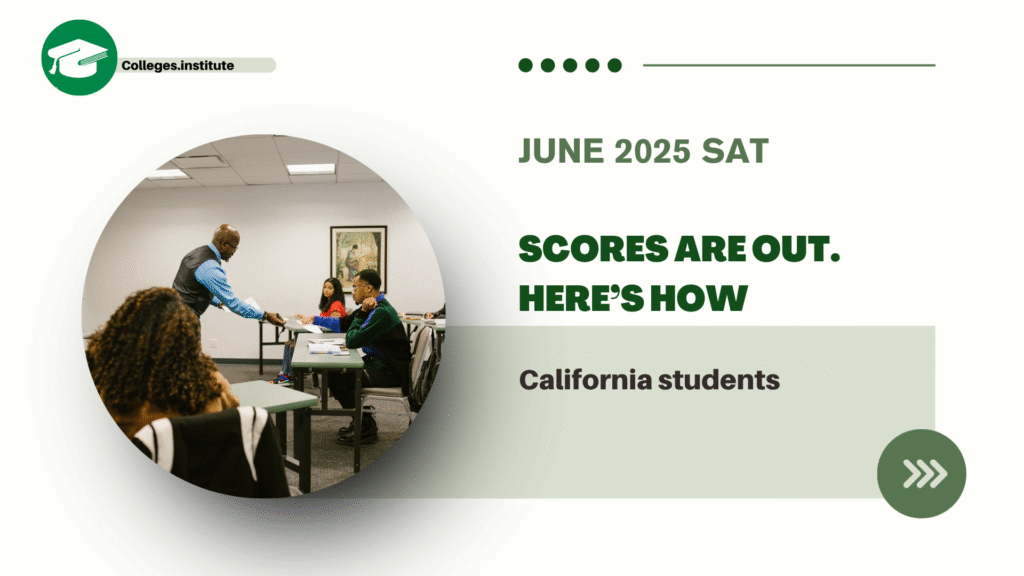SAT scores from earlier this month are now available, marking a major milestone for thousands of California high school students preparing their college applications.
The College Board, which oversees the SAT, confirmed that results began rolling out Friday.
Students who tested on June 7 can now check their scores through their College Board account, the BigFuture School mobile app — if they provided a phone number on test day — or by contacting their school counselor.
Historically, SAT results have become accessible in phases due to high online traffic.
Some students reported receiving results as early as 6 a.m., though most will gain access by 8 p.m.

Students who took the SAT during in-school testing earlier in the spring should have already received their scores.
Those who elected to send scores directly to colleges using the four free reports available during registration can expect those institutions to receive the results by June 30.
To send scores to additional colleges, students must sign in to their College Board account, search for desired institutions, and select which test dates’ scores to submit. Many colleges allow applicants to send only their best results, though some require all scores.
A shifting role for the SAT in college admissions
The SAT, once a near universal milestone for college-bound high schoolers, has seen its influence wane dramatically since the COVID-19 pandemic.
With test-optional and test-blind policies now common, many students — especially in California — face a new dilemma: whether taking the test is even necessary.
The University of California and California State University systems no longer consider SAT or ACT scores for undergraduate admissions.
Most private colleges in the state remain test-optional, further complicating the decision for students and families.
“College admissions has turned from somewhat unpredictable to chaotic in the last few years,” Irena Smith, a college admissions consultant and former Stanford admissions officer, told the Chronicle in March.
As a result, test-taking has become far more selective. In 2019, nearly 70% of California high school graduates had taken the SAT. By 2023, that number had dropped to just 25%, and only about 9% of graduates submitted scores to colleges.
Those who still take the SAT are typically aiming for highly selective universities such as Stanford or USC — schools where, while scores aren’t required, they can still make a difference in competitive admissions.
The average scores among those who do submit results have risen. From 2019 to 2023, the share of California students scoring above 1400 grew by 5 percentage points, reflecting a smaller pool of high-performing test-takers.
For some students, especially those scoring in the mid-1300s, the decision whether to submit can feel like “an excruciating guessing game,” Smith said.
Others are grappling with limited access to testing sites. In the Bay Area, fully booked centers have forced students to travel hundreds of miles to cities like Fresno or Reno just to take the exam.
